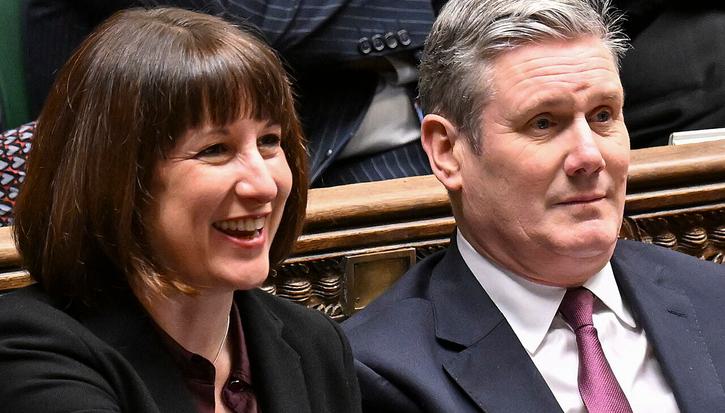Uncapped potential: The fiscal and economic effects of lifting the public sector pay cap
Article
The public sector has faced seven years of consecutive pay squeezes, with real terms cuts in salary at every level. Both public sector organisations covered by pay review bodies and the majority of those where wages are set by collective bargaining have been subjected to the squeeze. Raising public sector pay stands alongside welfare reform and boosting private sector productivity and earnings through industrial strategy as a key part of the response to the country’s crisis in living standards.
In this briefing, we argue that government should revise its policy on public sector pay as part of a wider strategic intervention to raise earnings across the economy, in both the public and the private sectors, and we set out three principles to guide government and pay review bodies in lifting the public sector pay cap.
Related items

Regional economies: The role of industrial strategy as a pathway to greener growth
Regions like the North should have a key role to play in the development of a green industrial strategy.
Achieving the 2030 child poverty target: The distance left to travel
On 27 March, the Scottish government will announce whether Scotland’s 2023 child poverty target – no more than 18 per cent of children in poverty – was achieved.
Spring statement: A changed world calls for a changed course
If there are decades where nothing happens and there are weeks where decades happen, the last few weeks feel seismic. The prime minister was right to say the world has changed. Donald Trump’s re-election in November has unleashed a wave…